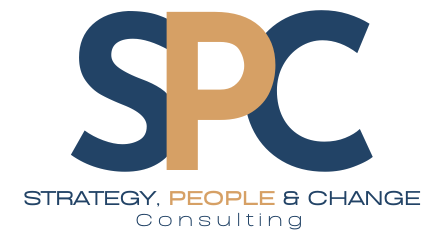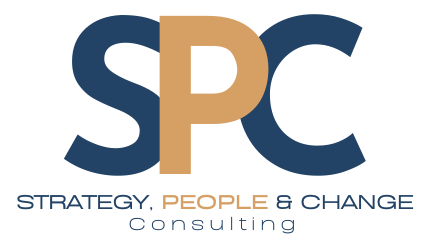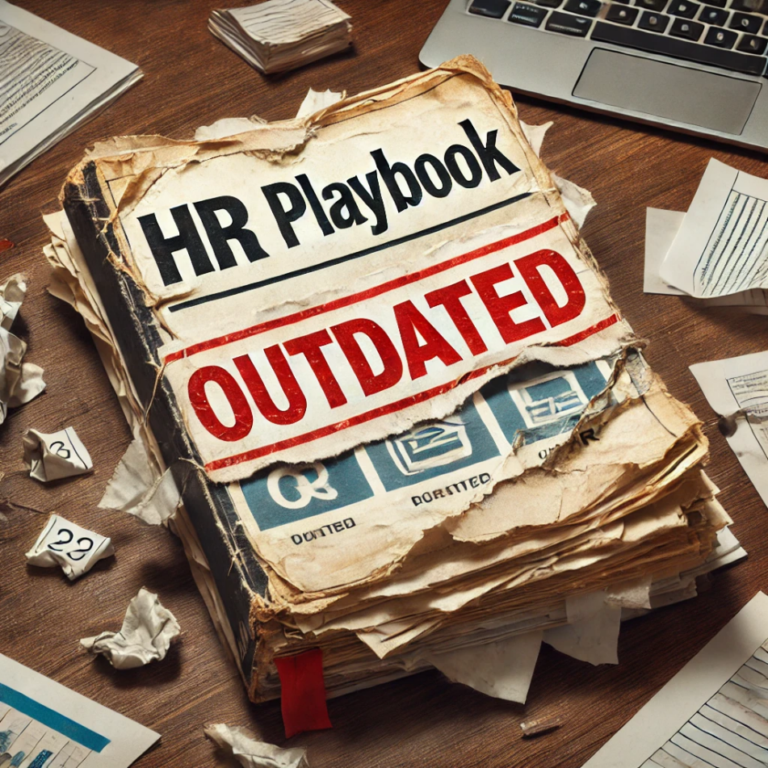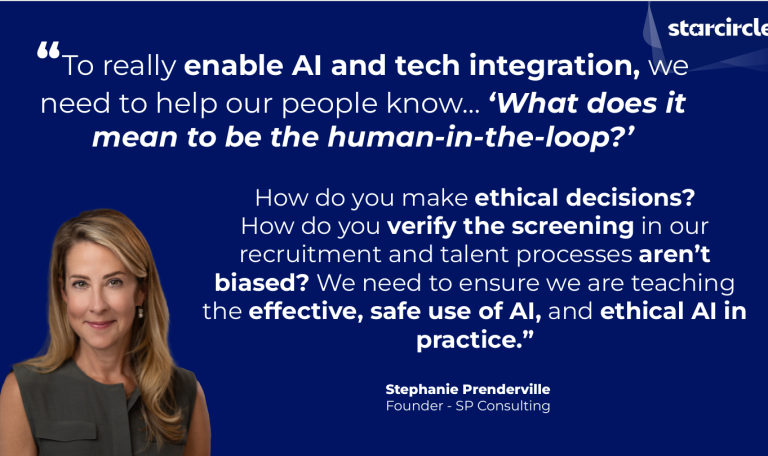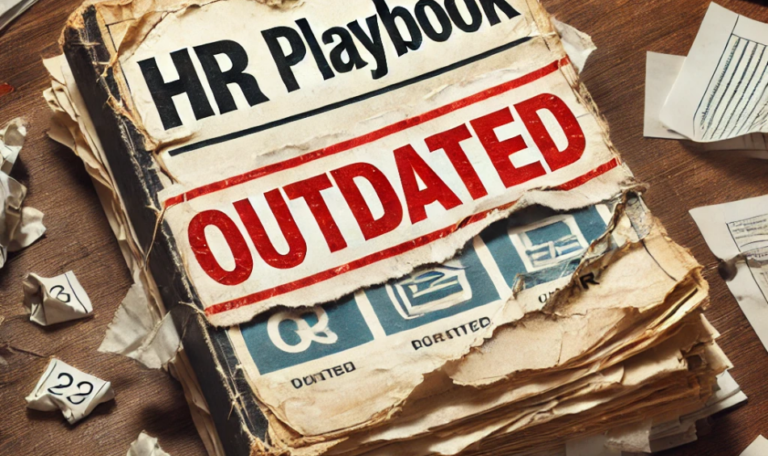HR leaders today face an overwhelming reality: the expectation to do more with fewer resources. But in a world where HR is often the “poor cousin” in terms of organistional investment, is it really feasible to continue this trajectory? Burnout rates are skyrocketing, and the demands placed on HR teams are becoming unsustainable. In this blog, we’ll explore why this happens and, more importantly, how to address it.
The Challenge: Doing More with Less
The truth is, HR leaders are expected to do more with less funding, fewer resources, and less recognition. It’s no surprise that the pressure is leading to high burnout rates. HR’s role as the guardian of employee well-being and organistional culture is becoming harder to maintain. The question is: Why does HR often lack the investment it needs?
The core issue lies in the outdated HR model. Built around centres of expertise and business partners, HR teams are stuck managing traditional processes like pay reviews, performance management, and succession planning. While these are important, they are time-consuming and distract from the critical conversations that really matter for driving growth.
The Solution: Rip Up the HR Playbook
It’s time to stop spinning our wheels. To truly elevate HR’s impact, leaders need to rewrite the HR manifesto—focusing not on rigid processes but on what really matters. The north star for HR should be growth—not just for the HR function, but for the organisation as a whole. This shift requires that HR moves beyond traditional metrics and begins measuring progress in a way that reflects organistional success through its people.
5 Steps to Align HR with What Matters Most
To help HR focus on growth, here are five actionable steps:
- Check Your Growth Mindset
HR needs to act as a value creator, not a cost centre. With the future of HR increasingly automated, leaders need to embrace AI to augment human insight and engagement. Ask yourself: Are you resisting new ways of thinking because you’re too overwhelmed? Tools like Positive Intelligence can help reframe your mindset, allowing you to thrive in this AI-driven world. - Own Your Agenda
HR can no longer afford to be reactive. Instead, it’s crucial to define HR’s value and work with leadership to establish what will drive the most impact. This is where AI tools like ChatGPT become invaluable. By using them as thinking partners, HR leaders can redefine their role in an organisation.
Sample prompt: “Can you help redefine HR’s value by identifying where AI can enhance engagement and streamline tasks, given we are a [size], [industry] company with a [workforce model]?” - Prioritize Using the 3Cs of Growth
Focus on three pillars:- Culture: Does your culture foster growth? Use pulse surveys or AI sentiment analysis tools to assess employee mindsets.
- Capacity: Do your teams have the bandwidth for growth initiatives? Leverage task automation tools like Zapier to free up time.
- Capability: Do your employees have the digital fluency needed for growth? AI-driven learning platforms (e.g., LinkedIn Learning) can provide tailored skill development.
- Re-think What You Measure
HR metrics should move away from tracking activity (e.g., new hires) and focus on how people are helping achieve business goals. Whether your key business outcomes are revenue, product innovation, or time efficiency, the data HR provides should show how people are progressing towards these goals. Use tools like PowerBI for actionable, data-led insights. - Build Targeted Business Partnerships
Once you’ve realigned your metrics, use this data to build strategic partnerships with departments where HR can have the most impact. Collaborate with business units to trial new ways of working that align with your organisation’s growth objectives.
The Future of HR: Do Less to Achieve More
Looking forward, the future of HR isn’t about doing more with less—it’s about doing less to achieve more. By leveraging AI, using data-led insights, and maintaining a growth mindset, HR can become the engine that drives organistional success. In this new model, HR isn’t just a department that maintains processes but a core function that fosters innovation, improves employee experience, and supports business transformation.
Key Takeaway:
HR must evolve from being a reactive, process-driven function to one that focuses on driving growth. Leaders who embrace AI, rethink their metrics, and redefine HR’s role in their organisation will position their teams for lasting success.
